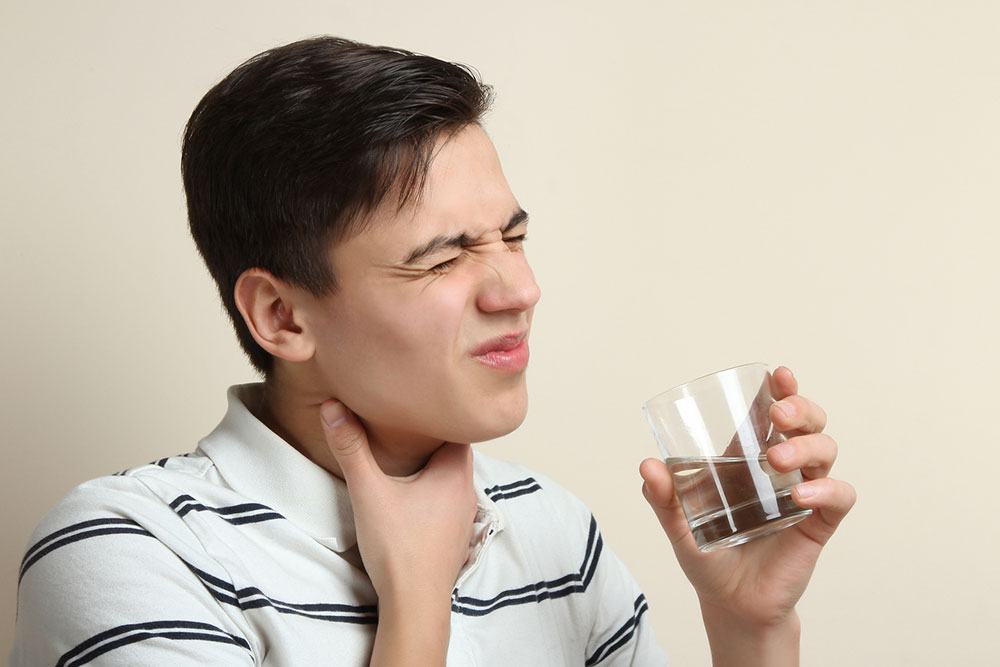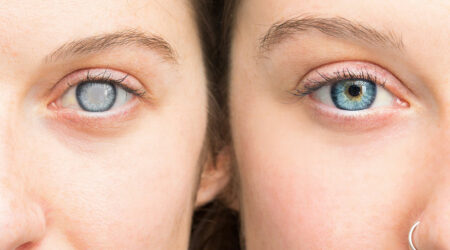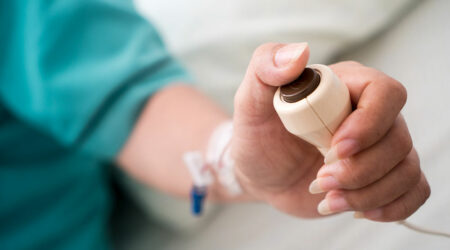
Follow these 7 home remedies for postnasal drip relief
The accumulation of mucus at the back of the throat may cause a feeling of congestion, a sore throat, or a cough. This postnasal drip is a common symptom accompanied by sinusitis, allergies, and cold. Experts may recommend specific treatment options to help relieve this sign. Also, one may be asked to try specific home remedies to tackle the symptoms to boost recovery. Below given are seven ways to prevent postnasal drip naturally.
Stay hydrated
This method is one of the best ways to relieve postnasal drip. Thick mucus is difficult to clear from the throat and could restrict breathing. But when one drinks water, it could help thin the thickened mucus and help the individual relax. It could also help lower the risk of sinus or ear infections. However, one should avoid dehydrating beverages, including anything with caffeine. Checking the color of urine could indicate if an individual is properly hydrated. It should be a pale yellow color. Darker urine is a potential sign of dehydration.
Use a humidifier
Postnasal drip could worsen due to environmental factors such as dry air. Experts may recommend using devices like humidifiers to tackle symptoms like thick mucus as a workaround. The mist generated by a humidifier could help moisten the tissues inside the sinuses and thin the secretions. There are three common types of cool mist devices – evaporative, impeller, and ultrasonic. One should check the benefits and caveats of each before making a purchase.
Try a neti pot
Neti pots are small and simple devices for nasal irrigation. It is a container designed to rinse mucus and debris from the nasal cavity. One could choose to make their salt water solution for the device by using bottled water that is distilled or sterilized. To use the neti pot, the individual must tilt their head sideways over the sink and place the neti pot’s spout in the upper nostril. The next step involves breathing through the open mouth and gently pouring the saltwater solution into the upper nostril. It allows the liquid to drain through the lower nostril. The individual must also repeat the process on the other side.
Indulge in aromatherapy
Using essential oils could help clear out the mucus causing postnasal drip. One could try the method by inhaling vapors through the air via a diffuser or vaporizer or by putting a few drops on a small cloth and breathing in. Eucalyptus, fennel, and peppermint are essential oils that may help relieve congestion. However, one should consult with an expert before trying aromatherapy, as it could negatively affect those with lung conditions.
Saltwater gargle
Saltwater gargles are some of the best ways to relieve symptoms like postnasal drip. The water thins the throat of the mucus build up in the respiratory tracts and the nasal cavities. All one needs to do is tilt their head back, take a large sip of salt water, and gargle for about 30 seconds. The individual must ensure the water is swished around their mouth, gums, and teeth before spitting it out. For best results, the person must repeat the process several times every four to six hours.
Sleep on propped-up pillows
Those with thick mucus in their throat could try remedying it by sleeping on propped-up pillows. These could help if the postnasal drip is linked to reflux. Keeping one’s head raised could reduce the amount of stomach acid in the throat and lessen the feeling of the symptom.
Avoid unhealthy foods
An expert might ask an individual affected by postnasal drip to follow a healthy meal regime to improve their symptoms. It involves cutting back on other foods, such as dairy products, that may worsen the symptoms. While it does not cause the body to create mucus, it could make it thicker, which may inconvenience the individual and affect their daily routines. A few dairy products to avoid are yogurt, milk, and cheese.




